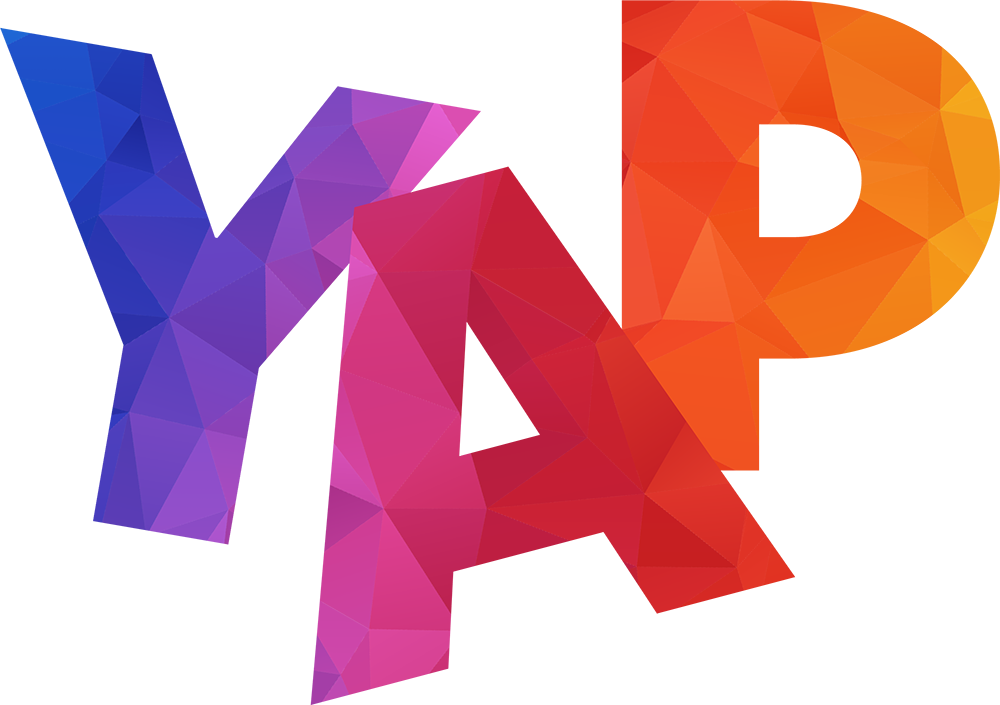Art As A Voice For Change
Art As A Voice For Change Curriculum
- Purpose Statement: What will this curriculum achieve?
- Outcome Statement: What will students be able to do with this information?
- Essential Resources: What will you use to teach your class and what will students use to learn?
- Strategy Framework: What teaching approach will you use?
- Verification Method: How will you know that you're effectively teaching?
- Standards Alignment: How well do you adhere to federal, state, and school standards for your course?
- Course Syllabus: What will you teach and when?
- Capstone Project: What final accomplishment will your students use to prove what they've learned in your class?
Purpose Statement: The purpose of this program is to enable the participants to use artistic expression to tell their stories of how they have overcome racism and prejudice and replace it with acceptance and understanding. To accomplish this goal, the participants will work in groups with a mentor of their choice in either dance, music, visual art, photography, film, or writing/poetry. They are using artistic tools to have an impact against bias among peers and within communities.
Outcome Statement: The students will have an expanded skill thru artistic self-expression with which to influence their peers and community to being understanding, accepting, and tolerant of differences.
Essential Resources: Video clips, audio recordings, white boards or chalk boards, reference materials, and a computer for online learning, musical equipment will be used to write original music, cameras and sound equipment for video production.
Strategy Framework: A blended learning approach of lectures and demonstrations by the mentors.
Verification Method: To establish any internal biases, at the beginning of the program participants will be asked to complete an anonymous questionnaire. At the end of the program a similar anonymous questionnaire will be distributed to determine how and if those biased ideas have changed.
Standards Alignment: Not yet available.
Art As A Voice For Change Course Syllabus
Weeks 1 and 2: Finding Inspiration For The Narrative
The instructor brings in stories from current events either in which prejudice or racism was experienced or manifested, as well as stories in which tolerance or another positive way in which prejudice and or racism was addressed. The participants will also be asked for examples in which they experienced prejudice or racism in their own lives, as well as stories in which they witnessed someone show acceptance, understanding or anti-racist or anti-prejudice behavior. The participants are asked questions about the stories: "How did each of the stories make them feel?" "What would you have done in both stories if they were involved?" "Has anything like this happened to you?"
Week 3: The Mentors Are Introduced
There would a different mentor for dance, photography, film making, music, fine art, and writing/poetry. These mentors use their art as advocacy for social change and they discuss how they accomplish this with all the participants. The participants decide which mentor they want to be paired with and they all work on a project in which they wish to be involved. Each of the projects communicate the participants' thoughts and feelings about prejudice, racism, and or acceptance.
Weeks 4-7: Writing, Producing, and/or Performing
The participants work with the mentors to fine tune their message that they wish to communicate and work on and rehearse their final project.
Week 8: Capstone Project
The participants show and discuss their projects with everyone in the program. The positive impact on the participants in the program will be the sense of accomplishment for producing an original work of art and the knowledge that they can use their own voices for social change in a creative and unique way.







